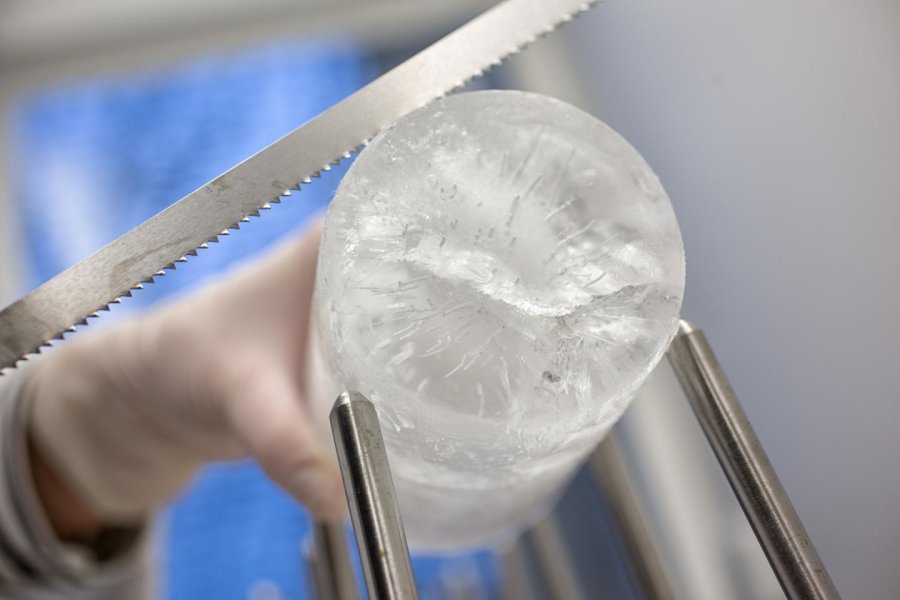
17 different types of plastics were found in ice samples from sea ice when German researchers investigated the presence of microplastic in the Arctic.
The fact that microscopic particles of plastic can be frozen and then captured in ice is well known, but this recent study is a more accurate research survey.
The researchers found microplastics that are believed to come from boat paint and nylon residues from fishing nets.
The term microplastic refers to plastic particles, fibers, pellets and other fragments with a length, width or diameter ranging from only a few micrometers — thousandths of a millimeter — to under five millimeters.
But there were also material that they suspect has arrived via ocean currents from the major Pacific Ocean and possibly the great pacific garbage patch.
“During our work, we realized that more than half of the microplastic particles trapped in the ice were less than a twentieth of a millimeter wide, which means they could easily be ingested by Arctic microorganisms like ciliates, but also by copepods,”
– AWI biologist and first author Dr. Ilka Peeken
The researchers found a total of 17 different types of plastic in the sea ice, including packaging materials like polyethylene and polypropylene, but also paints, nylon, polyester, and cellulose acetate.
What the sea ice in the Arctic absorbs matter since when it melts later, it will release the pollutants. But also, the findings stress that there are no places on the planet without a human footprint and indeed, microplastics.
Reference:
Ilka Peeken et al. Arctic sea ice is an important temporal sink and means of transport for microplastic. Nature Communications April 24, 2018. DOI: 10.1038 / s41467-018-03825-5

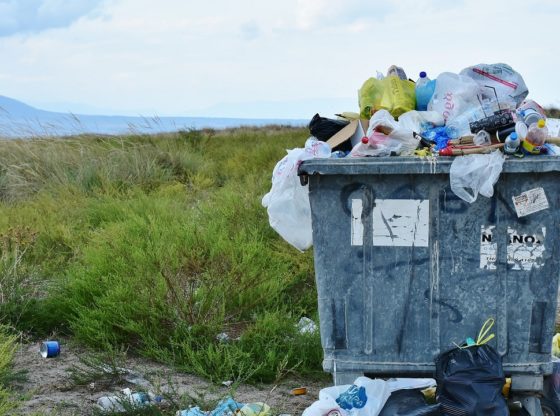
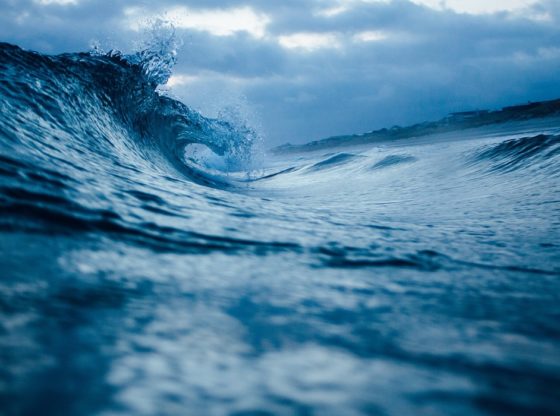
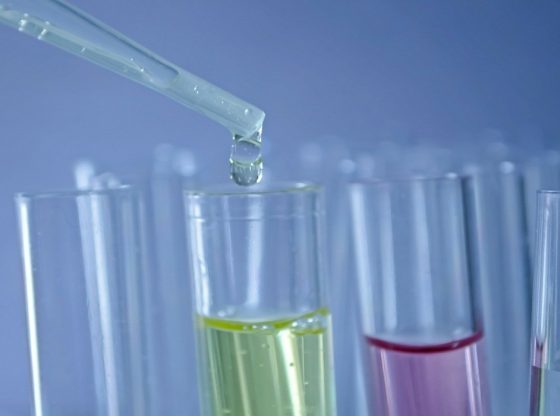


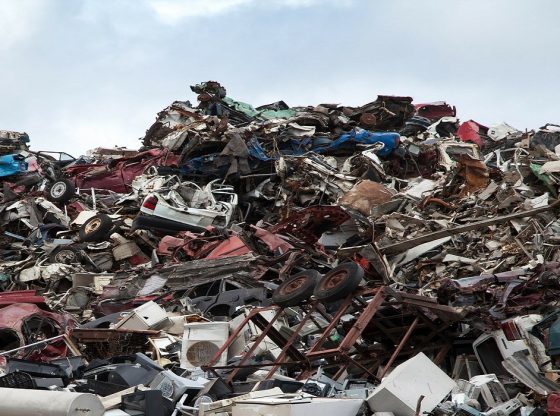

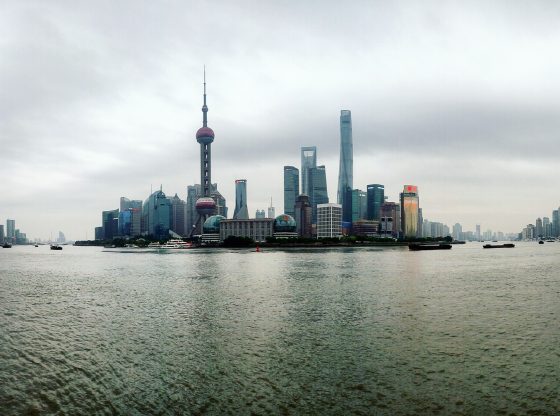


![OpenAI. (2025). ChatGPT [Large language model]. https://chatgpt.com](https://www.illustratedcuriosity.com/files/media/55136/b1b0b614-5b72-486c-901d-ff244549d67a-350x260.webp)
![OpenAI. (2025). ChatGPT [Large language model]. https://chatgpt.com](https://www.illustratedcuriosity.com/files/media/55124/79bc18fa-f616-4951-856f-cc724ad5d497-350x260.webp)
![OpenAI. (2025). ChatGPT [Large language model]. https://chatgpt.com](https://www.illustratedcuriosity.com/files/media/55099/2638a982-b4de-4913-8a1c-1479df352bf3-350x260.webp)








